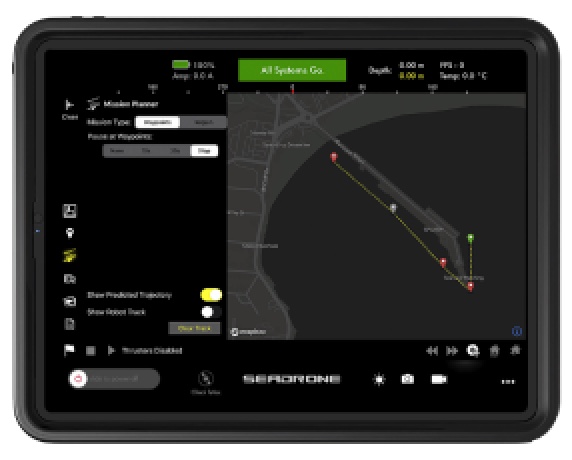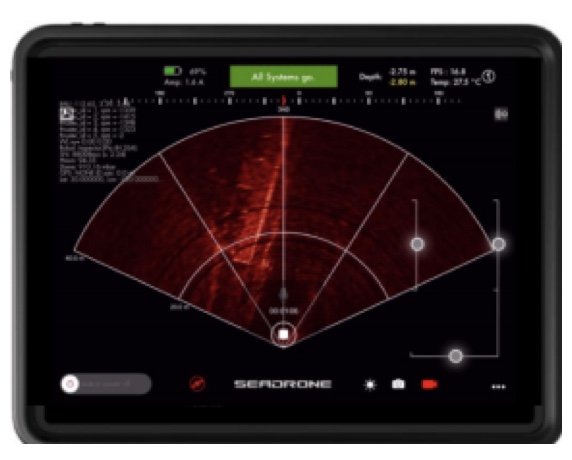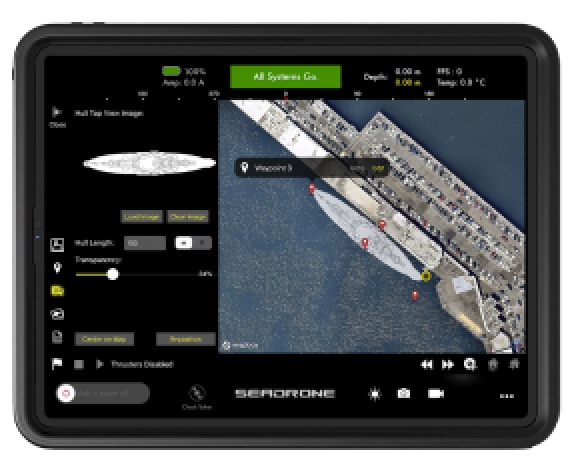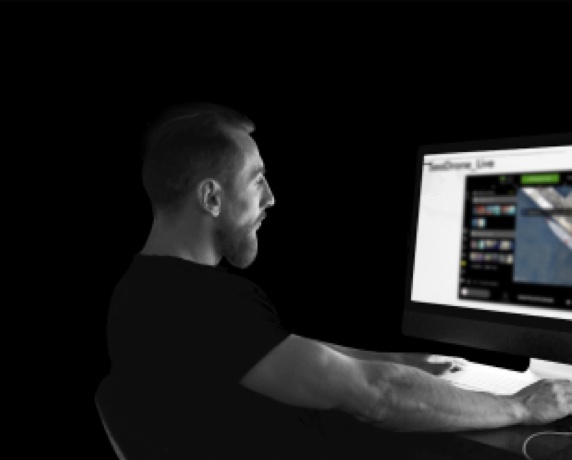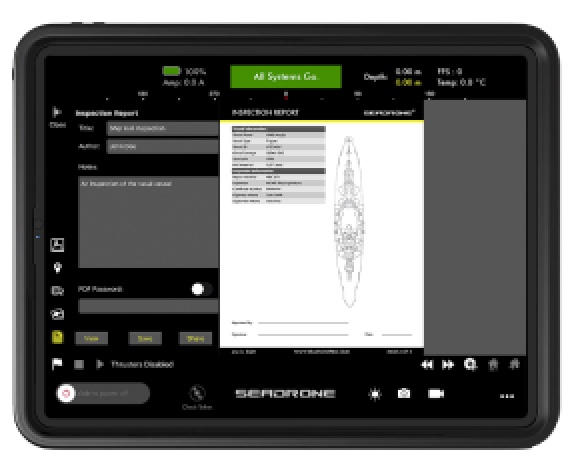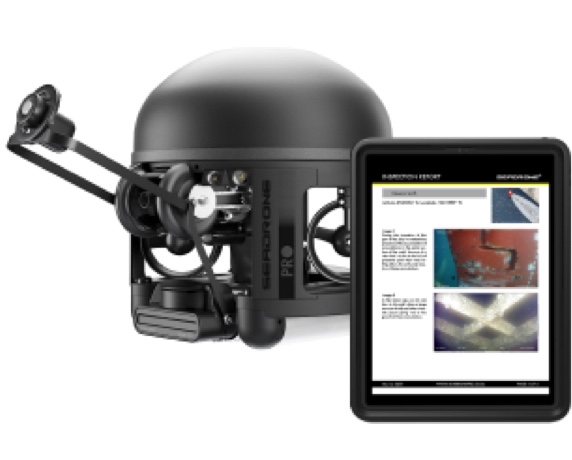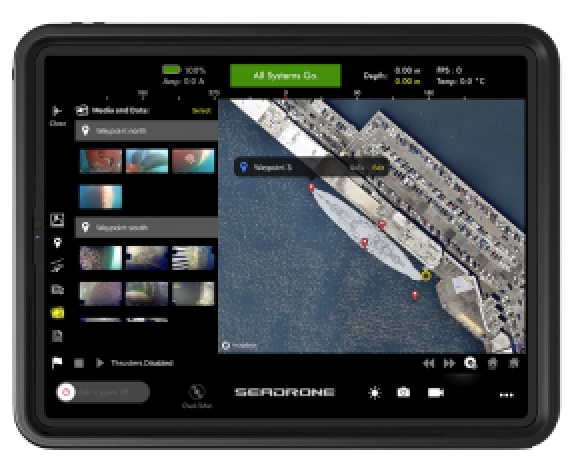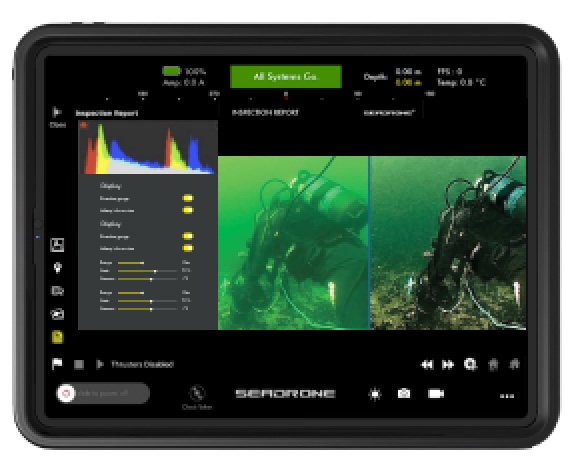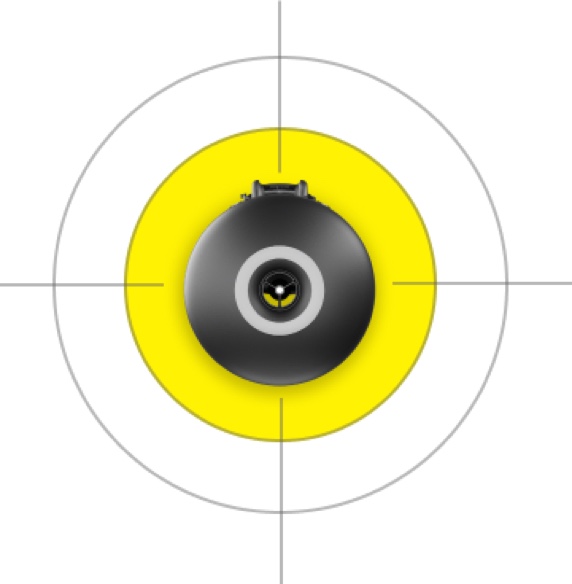Aquaculture inspections with SeaDrone
Jose Contreras with his SeaDrone ROV on the module.
Jose is an electromechanic-automotive technician who works in the company Servicios ANAG SPA. He has dedicated his life to inspection and maintenance operations in the salmon aquaculture industry in Chile.
Aquaculture farms are very complex to operate. Their main goal is to be able to predict their profits. They are often fined by regulatory agencies for hundreds of thousands of dollars because of fish escapes, as it is considered environmental pollution.
Fish regularly escape due to poor subsea inspection and maintenance practices. This directly affects aquaculture farms’ bottom line and increases their insurance premiums.
Like any manufacturing business, aquaculture farms need to systematize their production practices to ensure a consistent product. As an aquaculture inspector, Jose must ensure that his inspections are done efficiently and thoroughly.
These inspection and maintenance operations are conducted by a man and a machine. We present to you Jose Contreras’s everyday routine and challenges as he conducts various aquaculture inspections with his team.
The primary objective of Jose’s inspections is to report the condition of the subsea fish cage structures: the level of growth on the net fibers, the state of the tensors, and verify that there are no holes on the fish nets. He does this for 20 days in a row, rests 5 days, and gets back at it.
To get started with each aquaculture inspection, he verifies that his ROV is water-tight. He inspects the lights, camera, batteries, and Wi-Fi signal. Once he ensures the ROV is ready for the inspection, he and his team set a starting point within the farm cage structure.
The personnel that operates an ROV must get to know the cage structure before they begin the inspection. They are given technical drawings and photos of the cage structures that they must inspect during their daily mission.
“As I do my job, one of the challenges is the low level of natural light that is available past 15 meters. Thanks to SeaDrone’s powerful lights, that’s not a problem anymore”, says Jose Contreras.
The camera resolution of the ROV he works with also plays a key role in determining the state of growth on the net fibers.
Does this story sound familiar? Share your experience with us!
Inspection Photos
Close up, inspecting for early stages of growth.
Downward photo of fish cage wall.
Lift-up mort removal cone.
Inspecting the corner of the fish cage.
